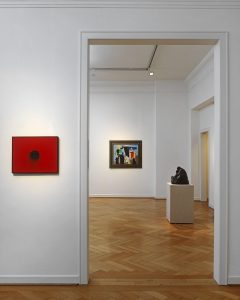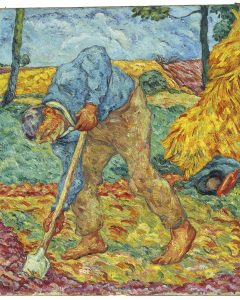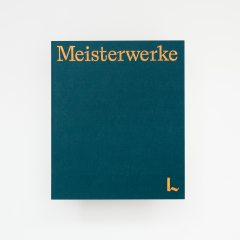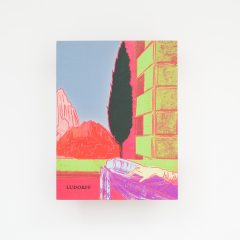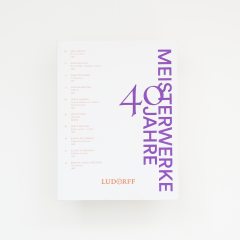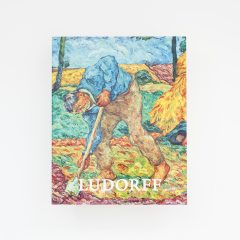Heinrich Nauen
Heinrich Nauen was born in Krefeld in 1880 and was one of the most influential artists of Rhenish Expressionism. After studying at the Kunstakademie Dusseldorf and the art academy of Stuttgart, he moved to Paris in 1905, where he intensively studied the works of Vincent van Gogh as well as Impressionism and Fauvism. In 1906, he moved to Berlin and joined the ‘Berliner Secession’. Five years later, he moved back to the Lower Rhine, where he lived for the rest of his life.
Nauen's painting was characterised by bold colours and a clear, reduced formal language. Initially dominated by vibrant, radiant tones, his colour palette changed after the First World War to cooler, muted colours. He devoted himself to a variety of themes in his works, including still lifes, landscapes and portraits.
In 1918, he co-founded the artists' group “Junges Rheinland”, which advocated modern, unconventional art. After the First World War, Nauen was offered a professorship at the Düsseldorf Art Academy, which he had to give up in 1933 due to the ideological orientation of National Socialism, as his works were categorised as ‘degenerate’ by the National Socialists. As a result, the artist withdrew. Heinrich Nauen died in 1940 as a result of cancer.

